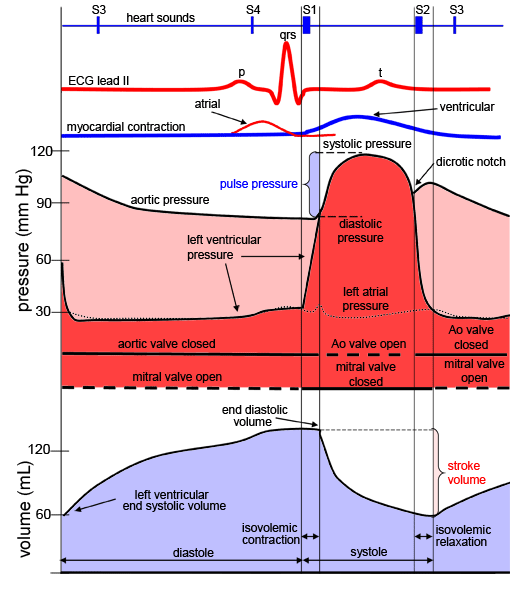
The large Na + current rapidly depolarizes the TMP to 0 mV and slightly above 0 mV for a transient period of time called the overshoot fast Na + channels close (recall that fast Na + channels are time-dependent).the point at which enough fast Na + channels have opened to generate a self-sustaining inward Na + current. TMP approaches −70mV, the threshold potential in cardiomyocytes, i.e.Fast Na + channels start to open one by one and Na + leaks into the cell, further raising the TMP.An action potential triggered in a neighbouring cardiomyocyte or pacemaker cell causes the TMP to rise above −90 mV.Na + and Ca 2+ channels are closed at resting TMP.The resting potential in a cardiomyocyte is −90 mV due to a constant outward leak of K + through inward rectifier channels.The action potential in typical cardiomyocytes is composed of 5 phases (0-4), beginning and ending with phase 4. Action potentials and impulse conductionĪction potential: electrical stimulation created by a sequence of ion fluxes through specialized channels in the membrane ( sarcolemma) of cardiomyocytes that leads to cardiac contraction. Note: The different types of cardiac ion channels are discussed below, throughout the description of the phases of action potentials in different cardiac cells. Time-dependence: some ion channels (importantly, fast Na + channels) are configured to close a fraction of a second after opening they cannot be opened again until the TMP is back to resting levels, thereby preventing further excessive influx.

Therefore, specific channels open and close as the TMP changes during cell depolarization and repolarization, allowing the passage of different ions at different times.


When there is a net movement of +ve ions into a cell, the TMP becomes more +ve, and when there is a net movement of +ve ions out of a cell, TMP becomes more –ve. The transmembrane potential (TMP) is the electrical potential difference (voltage) between the inside and the outside of a cell.Electrical potential: an ion will move away from ions/molecules of like charge.Chemical potential: an ion will move down its concentration gradient.Two main forces drive ions across cell membranes:.Of note, the impulses in the His-Purkinje system travel in such a way that papillary muscle contraction precedes that of the ventricles, thereby preventing regurgitation of blood flow through the AV valves. Both bundle branches terminate in Purkinje fibers, millions of small fibers projecting throughout the myocardium.Īn organized rhythmic contraction of the heart requires adequate propagation of electrical impulses along the conduction pathway.Left bundle branch (LBB) depolarizes the left ventricle (LV) and interventricular septum.Right bundle branch (RBB) depolarizes the right ventricle (RV).From the AV node, the impulse then travels through the bundle of His and down the bundle branches, fibers specialized for rapid transmission of electrical impulses, on either side of the interventricular septum.The impulse travels through internodal pathways in RA to the atrioventricular (AV) node.The SA node excites the right atrium (RA), travels through Bachmann’s bundle to excite left atrium (LA).the electrical impulse that initiates contraction. Sinoatrial (SA) node normally generates the action potential, i.e.


 0 kommentar(er)
0 kommentar(er)
